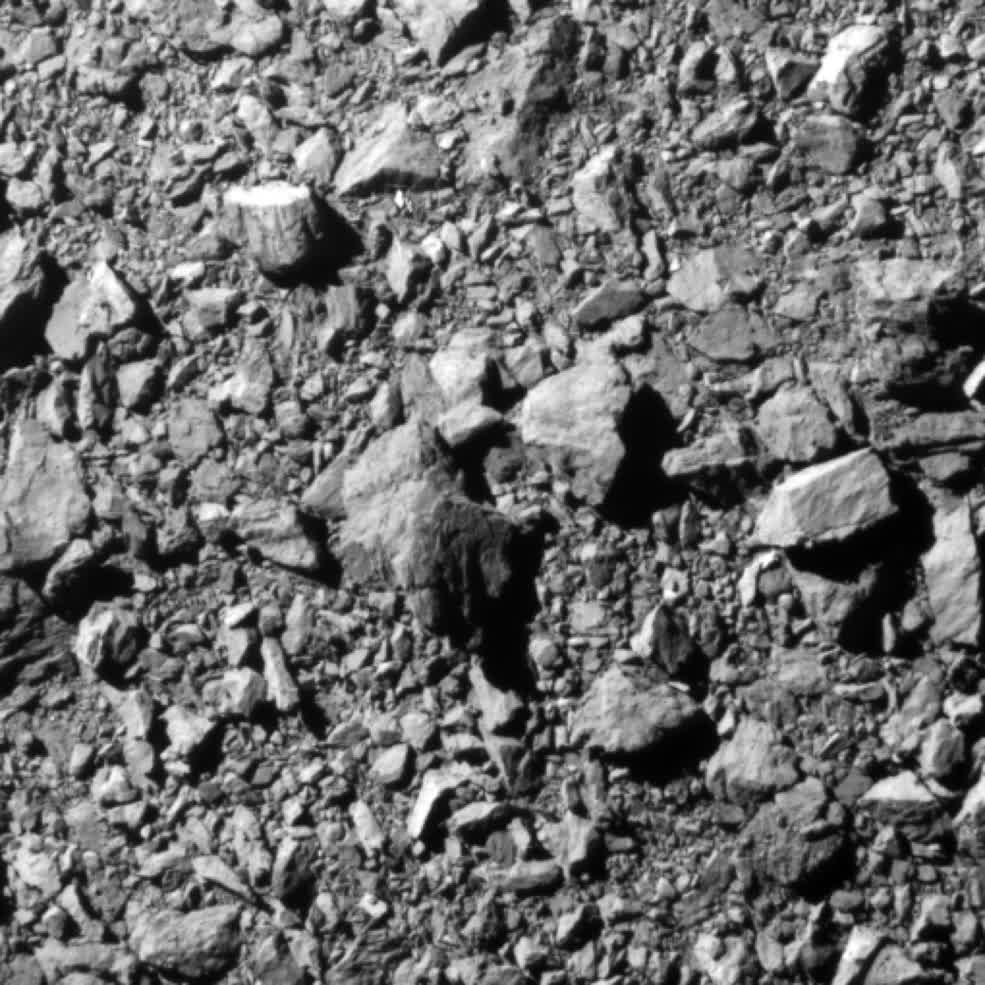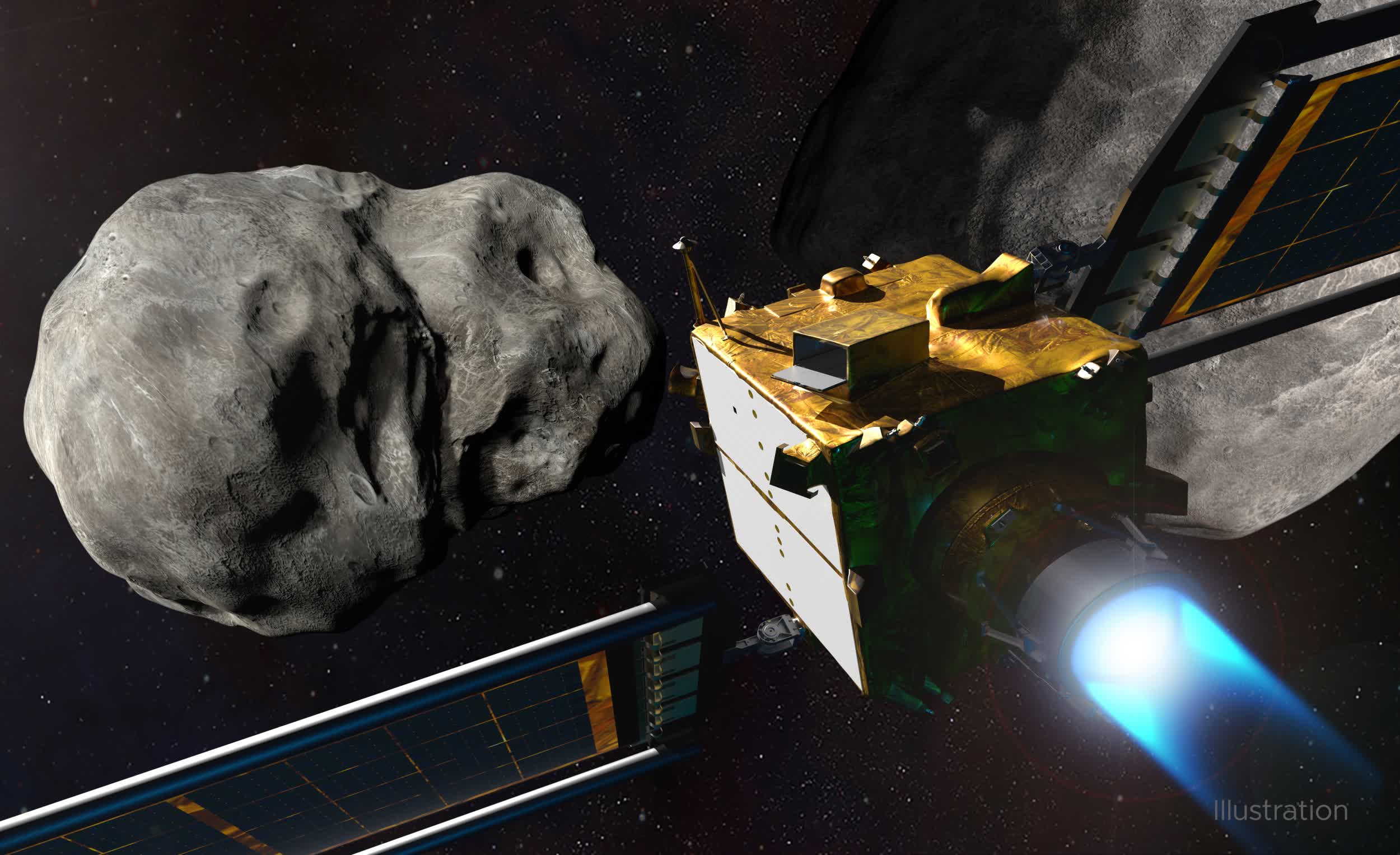In brief: NASA recently directed a real-life version of the 1998 sci-fi disaster film Armageddon albeit without the help of Michael Bay, Jerry Bruckheimer and a star-studded cast led by Bruce Willis, Ben Affleck and Billy Bob Thornton.
NASA's Double Asteroid Redirection Test (DART) is the first-of-its-kind planetary defense technology designed to protect us from an asteroid or comet on a collision course with Earth. The mission launched in November 2021 and targeted Dimorphos, a small space rock 530 feet in diameter that orbits a larger, 2,560-foot asteroid called Didymos.
The asteroids are seven million miles away and neither pose a threat to Earth, making them ideal test candidates.

On Monday, NASA successfully guided a 1,260-pound box-shaped spacecraft through a controlled collision with Dimorphos. The craft was traveling at around 14,000 miles per hour when it slammed into the space rock, and was snapping photos and beaming them back to Earth throughout the approach and just before the moment of impact via the Didymos Reconnaissance and Asteroid Camera for Optical navigation (DRACO) imager.
The stunning images revealed the surface of Dimorphos in close-up detail. NASA confirmed a successful impact occurred at 7:14 p.m. Eastern.
The hope is that the impact had enough force to alter the obit of the asteroid, even if just a little bit. Such a mitigation technique could be used in the future to steer an Earth-bound asteroid or comet off course to avoid or minimize hitting our planet.
Google commemorated the occasion with a search animation showing the craft hitting the results and knocking them off-center.
Investigators will now use ground-based telescopes from around the world and in space to observe Dimorphos to determine if DART was able to alter its course. The team expects the impact to have shortened Dimorphos' orbit by about one percent, or around 10 minutes. The effectiveness of the strike should present itself over the coming weeks, we're told.
ATLAS observations of the DART spacecraft impact at Didymos! pic.twitter.com/26IKwB9VSo
--- ATLAS Project (@fallingstarIfA) September 27, 2022
"At its core, DART represents an unprecedented success for planetary defense, but it is also a mission of unity with a real benefit for all humanity," said NASA Administrator Bill Nelson.
